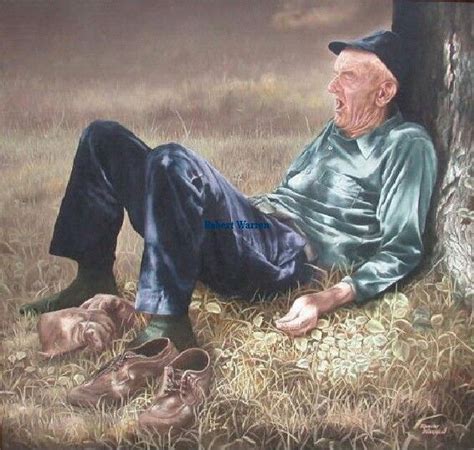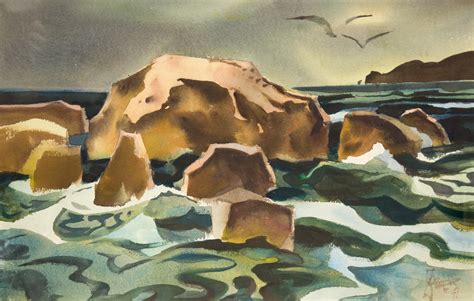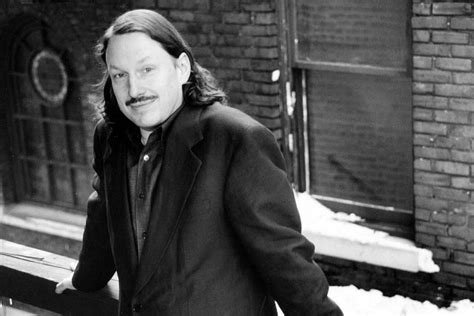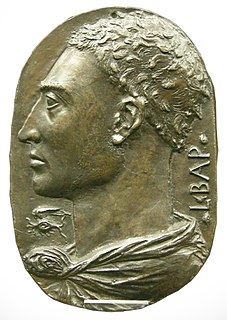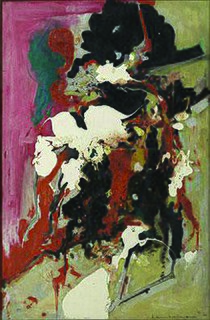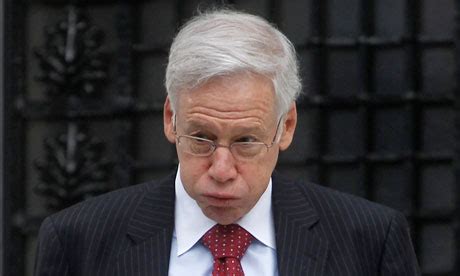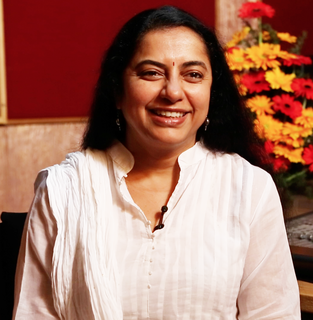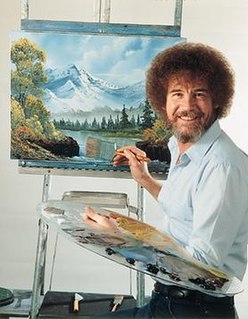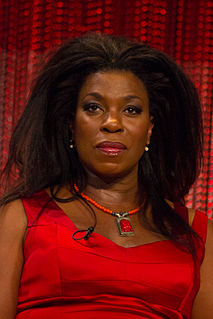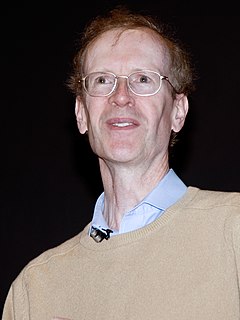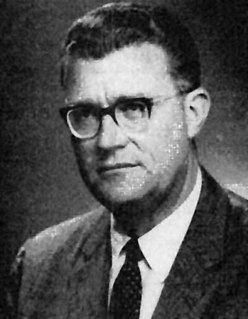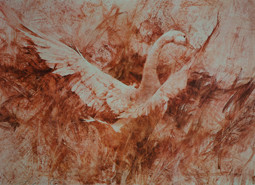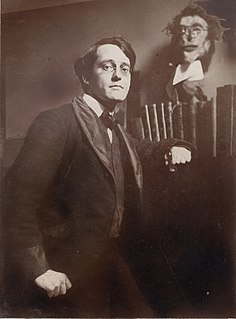A Quote by Robert Warren
Values create dimension, but color usually receives all of the attention. When painting with oils, placing dark and light pigments next to each other can be an accident waiting to happen.
Related Quotes
When I'm teaching, I tell the story of this painting for two reasons. First of all, if you want a good solid color structure, you have to have a solid development in values, dark and light. Second, if you have a good design, don't leave it if you fail to render it to its full extent the first time around. Remember it's the design that's important. Try and try till you get the thing to work. That's why The Pattern Makers is a key picture in my painting career.
The impressionistic method leads into a complete splitting and dissolution of all areas involved in the composition, and color is used to create an overall effect of light. The color is, through such a shading down from the highest light in the deepest shadows, sacrified an degraded to a (black-and-white) function. This leads to the destructions of the color as color.
Perhaps I could best describe my experience of doing mathematics in terms of entering a dark mansion. You go into the first room and it's dark, completely dark. You stumble around, bumping into the furniture. Gradually, you learn where each piece of furniture is. And finally, after six months or so, you find the light switch and turn it on. Suddenly, it's all illuminated and you can see exactly where you were. Then you enter the next dark room.
